That is one of the key opinions of Associate Professor, Dr. Bui Hoai Son, full-time member of the National Assembly 's Committee on Culture and Society, when talking about solutions for Vietnam's cultural industry to grow 10% per year, contributing 7% to GDP.
Reporter: The strategy for developing Vietnam's cultural industries to 2030, with a vision to 2045, recently issued by the Prime Minister , is determined to have many new points compared to the old strategy. Could you share more about these new points?

Associate Professor, Dr. Bui Hoai Son (Photo: HOANG TRIEU)
- Associate Professor, Dr. BUI HOAI SON: In my opinion, the most important new point of this strategy lies in the different approach compared to the previous period: instead of "roll-naming" cultural industries as an administrative list, we have moved to the mindset of creating a cultural and creative ecosystem in the context of the country entering a new era of development.
While the 2016 Cultural Industry Development Strategy identified 12 industries but in a rather scattered manner, without clearly defining key industries, and without showing the level of policy priority, this strategy has taken a fundamental step of "re-architecting". From 12 industries, the restructuring has reduced to 10 key industries, along with 6 focal industries - cinema, performing arts, entertainment game software, advertising, handicrafts, and cultural tourism. This is the first time we have clearly identified a priority axis, reflecting both Vietnam's competitive advantages and the global development trend of the creative economy .

A performance at the closing ceremony of the 24th Vietnam Film Festival - 2025 organized by the Ministry of Culture, Sports and Tourism, in coordination with the Ho Chi Minh City People's Committee, the Department of Cinema, the Department of Culture and Sports of Ho Chi Minh City,... in Ho Chi Minh City (Photo: QUOC THANG)
Another new point is the spirit of "economicizing cultural assets", a strategy that requires responsible, creative and sustainable exploitation of cultural resources, linked with tourism, trade, digital technology and regional brands.
The new strategy not only adds to the list of industries, but also establishes a new approach: developing cultural industries as a comprehensive public policy, linked with the development of the digital economy, knowledge economy, and green economy; placed in the operational structure of a country entering an acceleration phase, requiring fields with great influence.
So what factors are considered key, sir?
- In my opinion, to achieve an average growth rate of 10%/year and contribute 7% to GDP as set out in the strategy, the first key factor is certainly the digital economy. We are living in an era where the most important asset of each country is not limited resources, but content, data and the quality of human creativity. The cultural industry is essentially an industry that exploits intangible assets - from identity, stories, heritage, creative spaces to digital content, copyrights, and brands - so the deeper we go into the digital economy, the easier it is to create great added value.
The second factor is creative human resources, especially the young generation. In the context of a golden population, a workforce that is tech-savvy and able to absorb global knowledge, if properly trained, will become the main force in cinema, games, design, advertising, performing arts, and cultural tourism.
The third factor - and also the decisive factor - is the institution and investment environment. For an industry to grow by double digits, there must be strong participation from the private sector, creative businesses, technology companies and the artist-creative community.
To achieve the goals as set out in the strategy, what solutions do you think are needed?
- I think that to achieve the big goals set out in the new strategy, we need a combination of solutions that are strong enough, synchronous enough and long-term enough.
The cultural industry cannot develop solely through the efforts of a few sectors or localities, but must be operated as an "open system", where the State leads, creative enterprises are at the center, the community and artists actively participate, and technology is the driving force throughout.
In my opinion, there are four groups of breakthrough solutions: First, perfecting the institutions in the spirit of Resolutions 57, 59, 66 and 68. This is the key point. If we want the cultural industry to grow by double digits, the institutions must create enough space for creativity.
Second, strongly develop digital infrastructure and creative technology. To achieve growth targets, Vietnam needs regional film and game production centers, innovation labs, modern studios, along with a digital data system for heritage, craft villages, festivals, and regional identities. When technology becomes the "soft infrastructure" of culture, Vietnamese products will be competitive enough in the global market.
Third, develop high-quality creative human resources. Young human resources - tech-savvy, imaginative, and capable of global storytelling - are Vietnam's special advantages. But this force needs a more modern training system: cultural and artistic schools must be linked with businesses; training programs must put technology at the center; professional standards must be updated according to UNESCO and WIPO; artists must be trained in creative economics, creative marketing, and brand management.
Fourth, promote the role of localities, communities and private enterprises. The new strategy clearly states that exploiting local cultural values is the most important way to create unique products with identity and export potential. That means the development model must shift from "State does everything" to "State creates - local initiative - enterprises lead".
(*) See Lao Dong Newspaper from the November 21 issue
"A strong cultural industry can only be formed when society truly considers creativity as an economic sector, not a movement activity.
Source: https://nld.com.vn/hien-ke-giai-phap-phat-trien-cong-nghiep-van-hoa-nhan-dien-ro-diem-tua-196251126213801267.htm








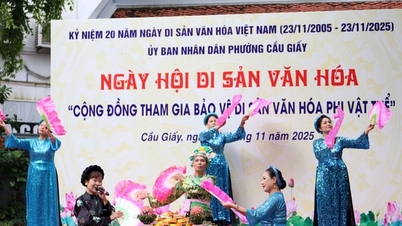
















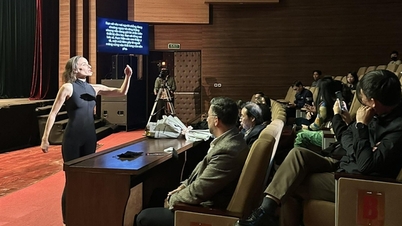





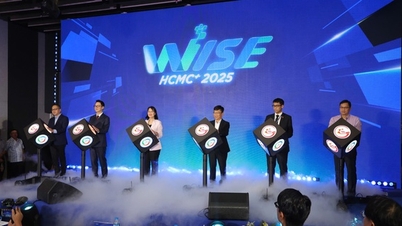











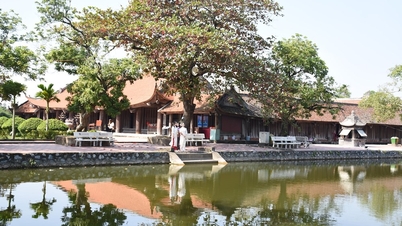






















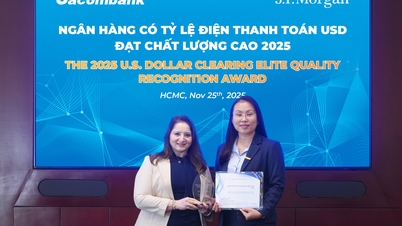
















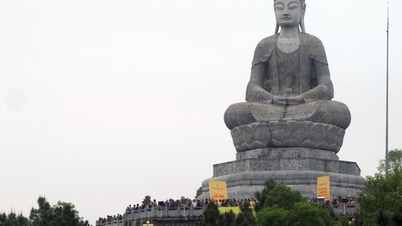
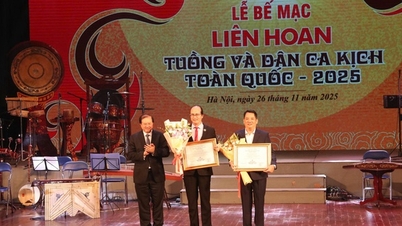





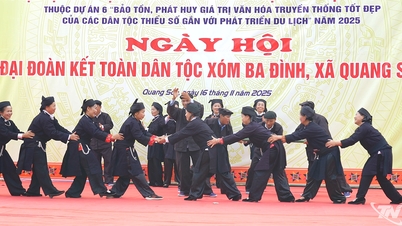



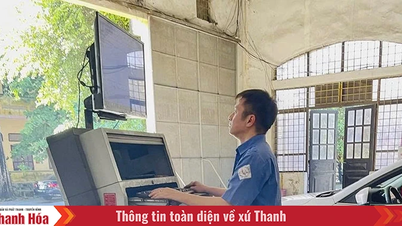
















Comment (0)